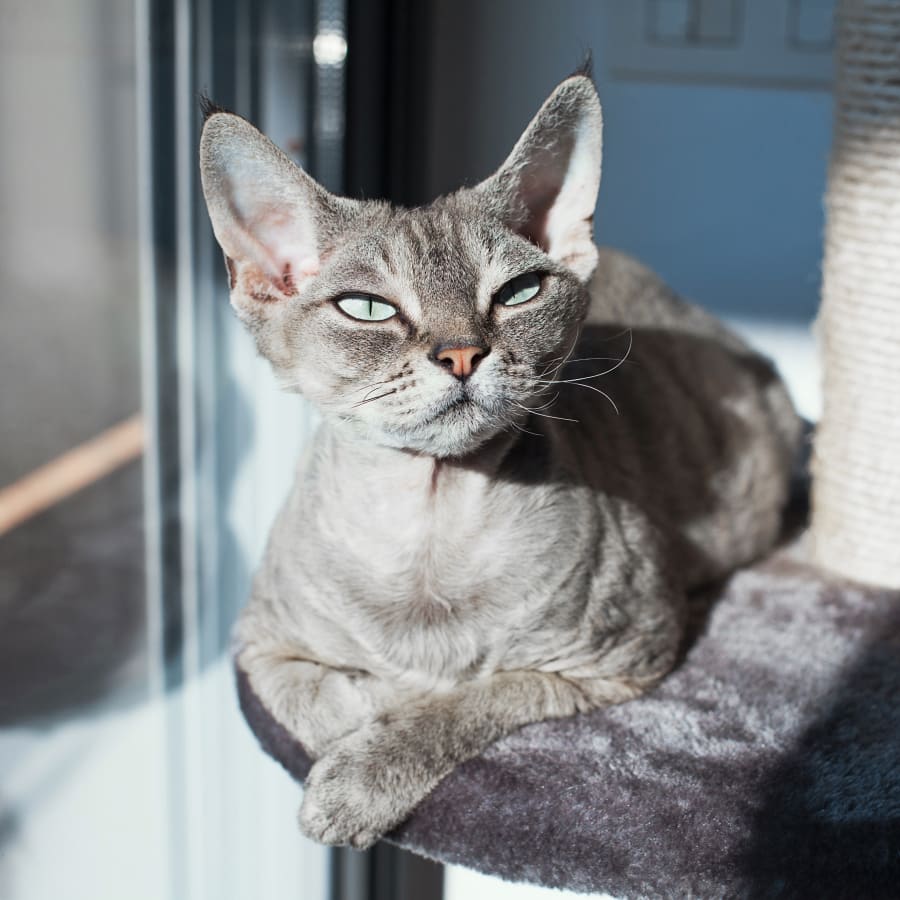What is Manual Therapy?
Manual therapy and massage are two techniques that are often used in rehabilitative therapy for pets. The goal is to decrease the overall pain that your pets are experiencing while increasing their mobility, function, and quality of life.
Occasionally, your vet may also suggest massage therapy for your pet along with manual therapy in order to soften and refresh strained muscles. This technique in combination with manual therapy can help to increase your pet's overall mobility, especially in pets that are actively healing from injury or suffer from a neurological disorder.

Benefits of Manual Therapy
Manual therapy utilizes physical rehabilitation techniques in order to create a wide variety of benefits for your pet while they are recovering from injuries or surgery. Some of these benefits are:
- Improved function and quality of movement.
- Reduction of pain, swelling (inflammation), and complications.
- Improve muscle strength.
- Minimize muscle loss (atrophy)
- Contribute to alleviating pain from chronic conditions e.g. arthritis & obesity
- Increased speed of recovery
- Increased overall mobility
- Improvement in symptoms of neurological disorders
The Process
Manual therapy is used to realign joints and your pet's internal structures, and is commonly used after your pet has experienced an injury or recently had surgery. Manual therapy can decrease the pain that your companion is experiencing as well as improve flexibility while allowing them to safely exercise and regain strength.
During manual therapy for your pet, your vet will focus on their spine, neck, and hips. They will work on each required muscle and muscle group by pulling and stretching the tendons and ligaments.
Your vet may continue with a deep tissue massage to focus on trigger points that may affect your companion more intensely. This technique will further relax the muscles and ease any tension within those areas.
Finally, your pet's muscles will be stretched out, allowing the full release of all the tension that has built up.
Looking for a vet in Vancouver?
At Mountain View Veterinary Hospital, we provide comprehensive, compassionate veterinary care for Vancouver pets 6 days a week.
Contact
Hours
Open 6 Days a Week
-
Click to View
- Monday:08:00 am - 05:30 pm
- Tuesday:08:00 am - 05:30 pm
- Wednesday:08:00 am - 05:30 pm
- Thursday:08:00 am - 05:30 pm
- Friday:08:00 am - 05:30 pm
- Saturday:08:00 am - 03:00 pm
- Sunday:Closed
